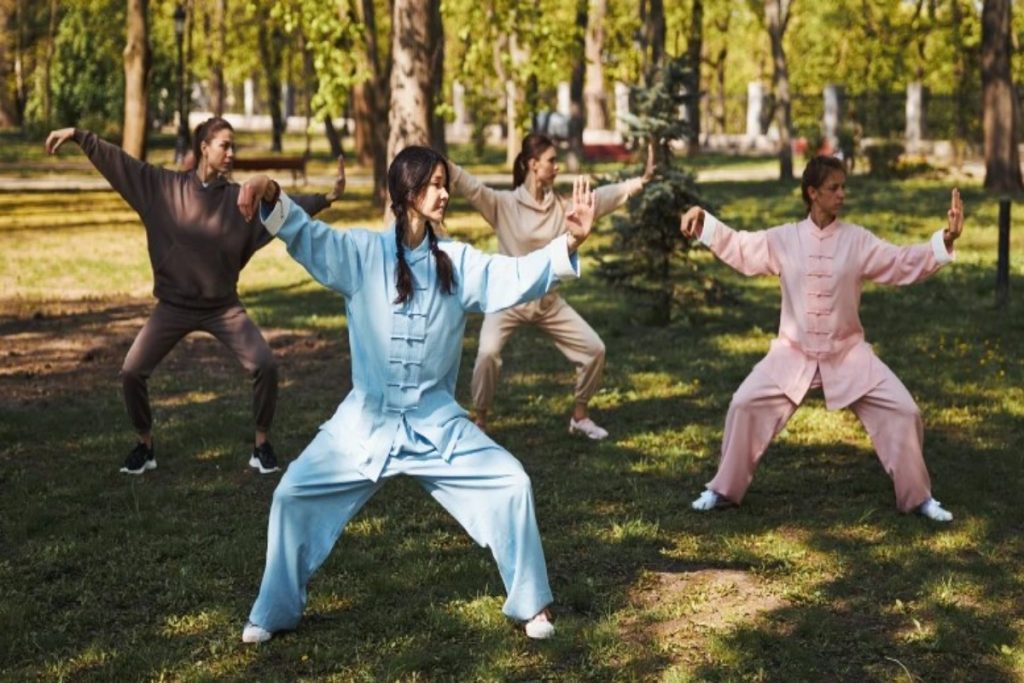New Delhi: Qigong, which is typically called “chi gong,” is a type of ancient exercise method that dates back thousands of years to China. It includes using physical activity to manage energy flow across the body, mind, and spirit in order to enhance and maintain health and wellbeing.
The control of the mind, breath, and mobility of the body are all included in qigong. Both psychological and physical factors are present. Breathing must be slow, progressive, and deep during qigong. From belly breathing to breathing in time with spoken sounds, breathing patterns can shift. The strokes often have a gentle, flowing motion with the intention of relaxing. Examples of mind management include imagery and concentration.
There are two different categories of qigong:
1. Wai Dan: Exercise and concentration are necessary (External Elixir)
2. Nei Dan: Guided imagery or visualisation during seated meditation (Internal Elixir)
Qigong includes slow-paced exercise, just as yoga. It’s anticipated that the entire experience would be meditative. Qigong is therefore conducted in three different stages of meditation:
1. Mediation while seated:
This is what falls under the category of traditional meditation having the closest similarities. The individual must sit comfortably and straight for this. There is little to no movement involved in this kind of meditation. Breathing and visualisation are the main movements in this kind of qigong. The treatment of mental illnesses and overall mental health can be greatly improved by this kind of meditation. Everyone can accomplish this because it takes little to no movement.
2. Silent meditation:
The name of this meditation implies that there is no need for movement. The person is required to adopt a specific position and remain. Strengthening limbs and enhancing energy flow are the two goals of still meditation.
3. Exercise meditation:
If you want to practise qigong to improve your mobility or lose weight, this sort of meditation under qigong is the most effective. This includes body movement and postures that move slowly, as well as coordinated breathing.
In addition, the three main goals of qigong practise may determine its structure and method.
4. Qigong spiritual:
Emphasises developing the mind. includes breathing exercises, visualisation, and seated meditation. The goal of this exercise is to bring about enlightenment.
5. Health qigong:
Concentrates on moving the body and working out the body. includes both motionless and still meditating. incorporating a range of postures, movements, and breathing exercises. Healing oneself and others is the goal.
6. Martial arts qigong:
This type of qigong focuses on increasing physical and bodily stamina.

